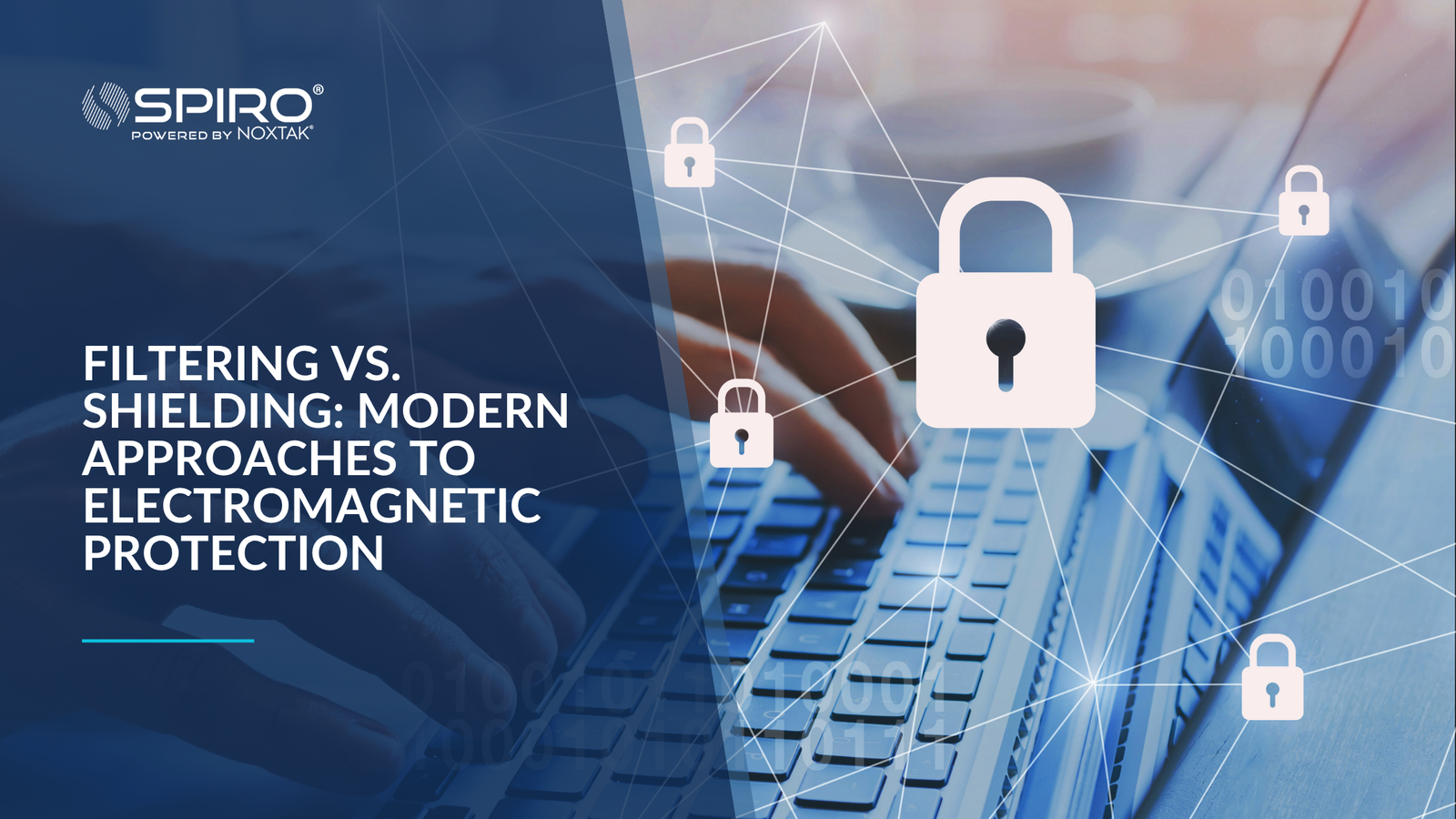Filtering vs. Shielding: Modern Approaches to Electromagnetic Protection

The rapid expansion of wireless technologies has brought multiple benefits but has also raised a growing concern: electromagnetic pollution. In response to this environmental challenge, various solutions have emerged to reduce exposure to electromagnetic fields (EMF) generated by mobile networks, antennas, electronic devices, and Wi-Fi systems.
However, the premise of electromagnetic protection based solely on reducing field exposure is flawed and insufficient because it ignores the fundamental problem of artificial quantum noise. This noise is a disturbance in space that propagates and affects everything everywhere, and it cannot truly be blocked, as it easily passes through walls and shielding. A second, complementary, and relevant element is reducing near-field exposure to the human body; in this case, distancing from sources is the appropriate measure. Nevertheless, the original premise has focused on blocking microwave signals—let’s take a closer look at this.
For years, the most widespread yet least effective approach has been shielding walls with paints or fabrics in the form of curtains to block microwaves. However, technological evolution and recent scientific findings have led to a more coherent and biocompatible alternative: passive filtering. This article compares, in simple terms, both approaches and explains why filtering stands out as the most effective and health-friendly solution for modern environments, while also addressing the central problem of artificial quantum noise.
Conventional Approaches: Blocking, Canceling, or Absorbing
There are various methods to mitigate EMF exposure, each based on different technological principles rooted in outdated premises—none of which account for artificial quantum noise, and some may even add more artificial quantum noise to the space:
-
Blocking or Refraction:
Uses materials—special paints, conductive fabrics, or metallic sheets—to stop or deflect electromagnetic waves. While these products can offer momentary relief by reducing direct microwave exposure, they often generate rebound effects or secondary interference, increasing surrounding electromagnetic chaos and failing to address the root cause of field disruption. -
Wave Cancellation (Destructive Interference):
Relies on electronic devices that emit opposing frequencies to neutralize specific signals. This technique can reduce the intensity of certain emissions within specific frequency ranges through selective destructive interference, which can, however, produce greater disturbance in localized areas. Its effectiveness depends on the exact frequency match and does not address the intrinsic quality of the field. -
Absorption and Dispersion:
Uses high-density absorption materials capable of capturing part of the emissions. While barriers of this type can effectively reduce direct stimulation, this method does not address the fundamental disturbance, and artificial quantum noise remains present in the space, still affecting the quantum polarization of waves—which is the basis for adverse biological effects.
The Passive Filtering Approach: Restoring Coherence
Passive electromagnetic filtering differs radically from conventional methods. Instead of blocking or canceling the signal, it works by reorganizing the altered polarization in the medium traversed by artificial electromagnetic waves and the artificial quantum noise (AQN) they generate, thereby restoring its natural coherence.
This technology, developed by NOXTAK®, focuses on generating natural fields of high magnetic coherence called Spiro. It uses a special alloy based on the unique properties of gold nanoparticles, arranged in geometric patterns that reproduce natural order structures. The result is a more stable and biocompatible electromagnetic environment that does not interfere with connectivity or the performance of electronic devices.
Comprehensive Comparison of EMF Protection Systems
Below is a detailed comparison of traditional methods versus passive filtering across different aspects:

Conclusion
The comparison shows that not all solutions for protection against electromagnetic pollution offer the same benefits or ensure long-term safety. While traditional methods may provide temporary relief, they often carry undesirable side effects that affect both the environment and the functioning of devices.
Passive electromagnetic filtering emerges as an innovative and effective alternative. Instead of eliminating the signal—a counterproductive approach in such an interconnected world—this method restores the field’s coherence, ensuring a healthy environment without compromising technological connectivity. In this way, SPIRO® stands out not only as an ally in electromagnetic protection but also as a promoter of overall well-being in the digital era.
Sources
-
BioInitiative Working Group (2012): A Rationale for Biologically-based Public Exposure Standards for Electromagnetic Fields (ELF and RF).
-
Yakymenko, I. et al. (2015): Oxidative mechanisms of biological activity of low-intensity radiofrequency radiation.
-
Dimitris J. Panagopoulos (2019): Shielding methods and products against man-made Electromagnetic Fields: Protection versus risk.



